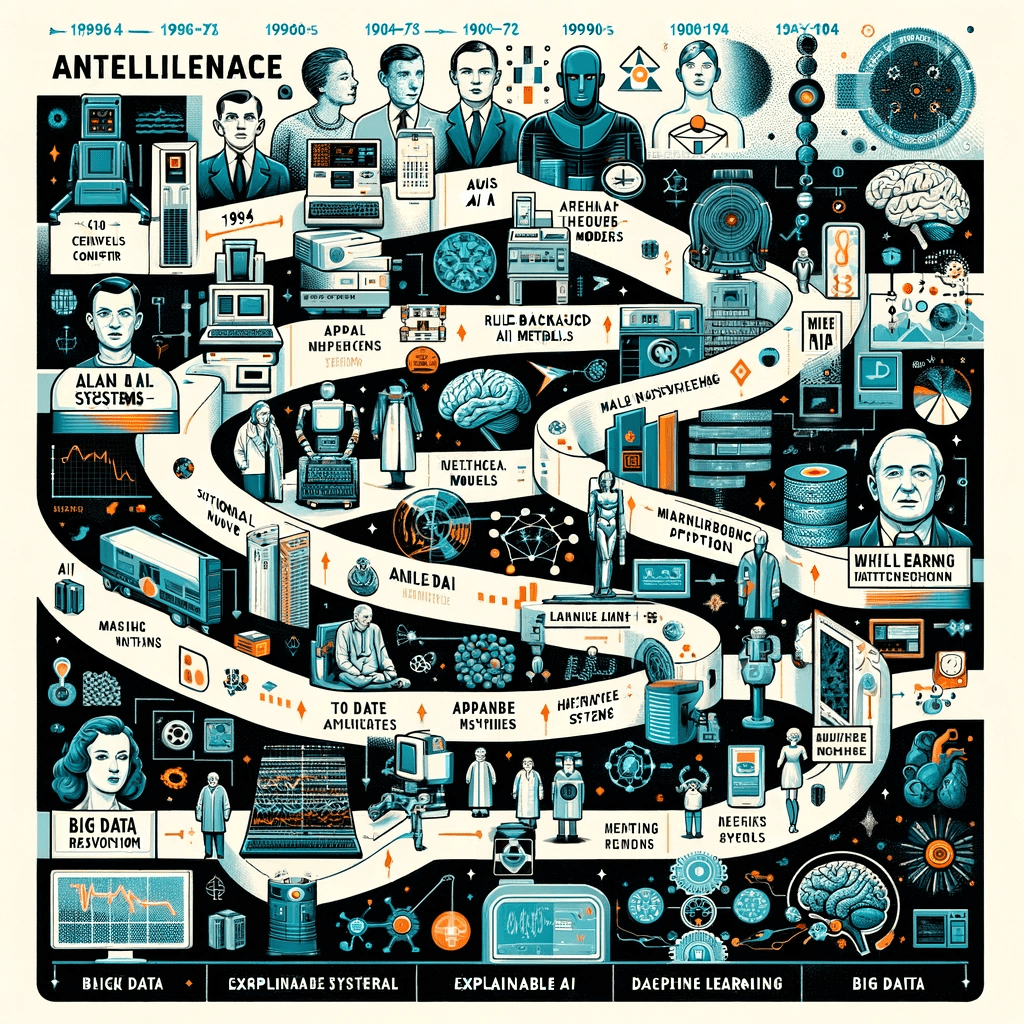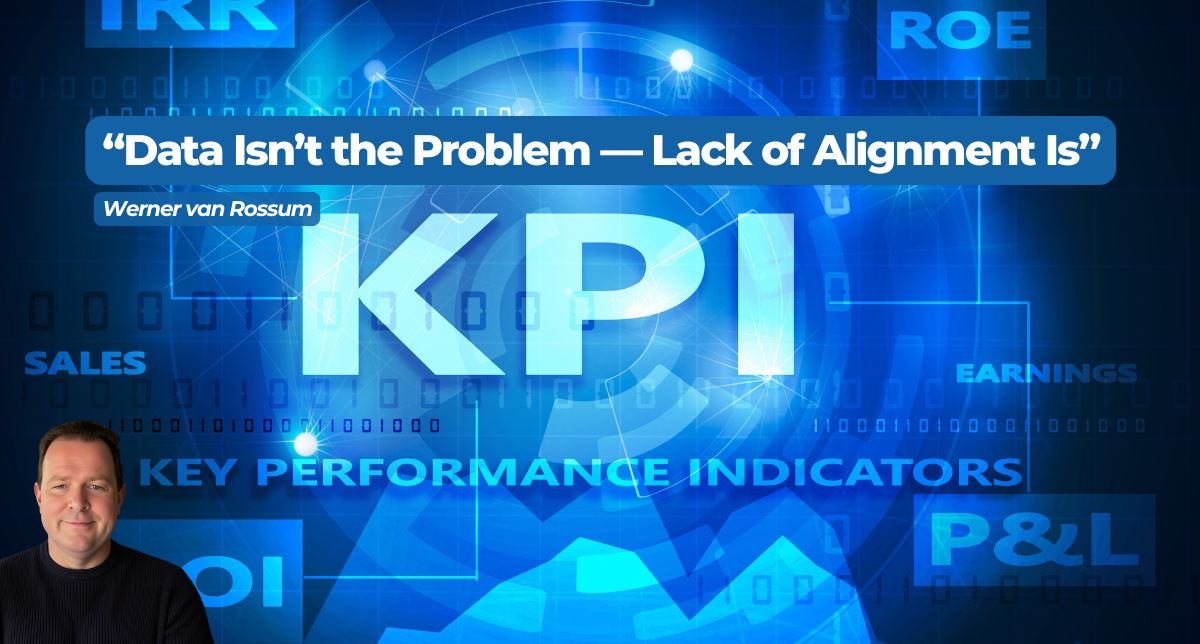Dec19

Artificial Intelligence (AI) has come a long way since its conceptual inception in the mid-20th century. What was once a subject of science fiction has become an integral part of our daily lives. The development of AI is a story of human ingenuity, technological advancement, and, most importantly, data. In this blog, we'll explore how data has been the fuel powering the evolution of AI.
The journey of AI began in the 1950s with the pioneering work of Alan Turing and others who proposed the idea of machines that could simulate human intelligence. These early years were characterized by theoretical models and basic algorithms. Data, at this time, was limited and often manually fed into computers.
In the 1960s and 70s, AI shifted towards rule-based systems, also known as symbolic AI. These systems used defined rules and logic to make decisions. The data used here was structured and often manually coded into the system.
The late 1970s to the 1990s experienced what is known as the AI Winter, a period marked by reduced funding and interest in AI research. This was partly due to the limitations of existing AI technologies, which struggled with the complexities of real-world data.
The resurgence of AI began in the late 1990s, driven by the advent of the internet and a dramatic increase in data availability. Machine learning, a subset of AI where machines learn from data, started gaining prominence.
The 21st century ushered in the era of big data. Vast amounts of data generated from the internet, sensors, and devices became available. This era marked a significant shift in how AI was developed and used.
Today, AI is a part of everyday technology, from personal assistants to predictive analytics in various industries. The current trend is towards more efficient AI models that require less data and computational power, and the exploration of AI ethics and governance.
The development of AI has been a remarkable journey, with data playing a crucial role. From the early days of theoretical models to the current era of deep learning, AI has evolved to become a powerful tool that continues to transform industries and lives. The future of AI, shaped by both technological advancements and ethical considerations, promises even more groundbreaking developments.
Keywords: Blockchain, Data Center, Generative AI
 Data Isn’t the Problem. Alignment Is.
Data Isn’t the Problem. Alignment Is. Friday’s Change Reflection Quote - Leadership of Change - Change Leaders Challenge Prevailing Assumptions
Friday’s Change Reflection Quote - Leadership of Change - Change Leaders Challenge Prevailing Assumptions The Corix Partners Friday Reading List - December 12, 2025
The Corix Partners Friday Reading List - December 12, 2025 Measuring the True ROI of Automated Claims Processes: Beyond Speed and Cost
Measuring the True ROI of Automated Claims Processes: Beyond Speed and Cost The New Silicon Frontier: Specialization and the Diverse Landscape of AI Chips
The New Silicon Frontier: Specialization and the Diverse Landscape of AI Chips